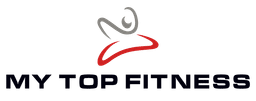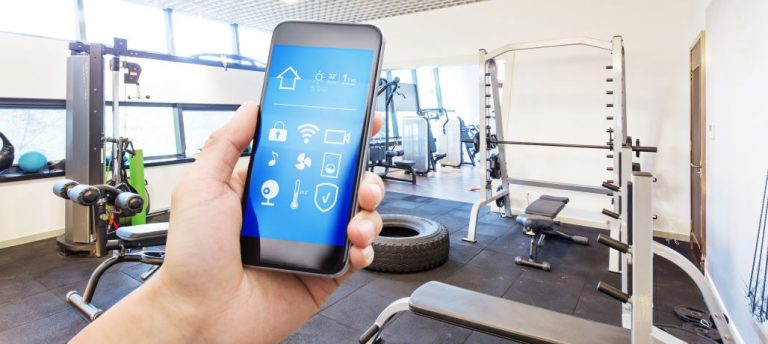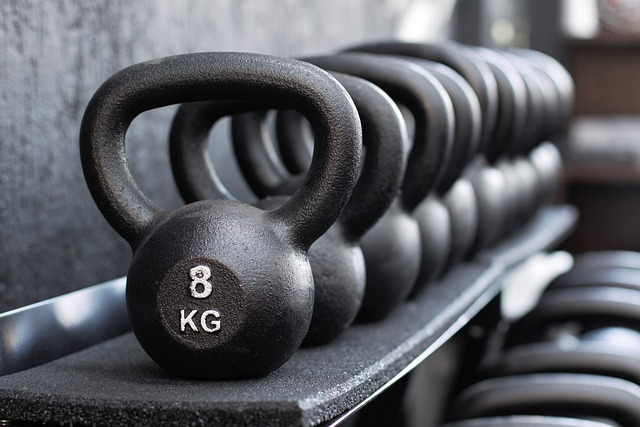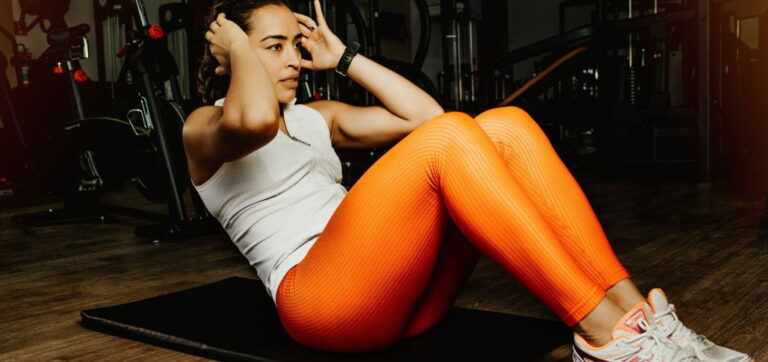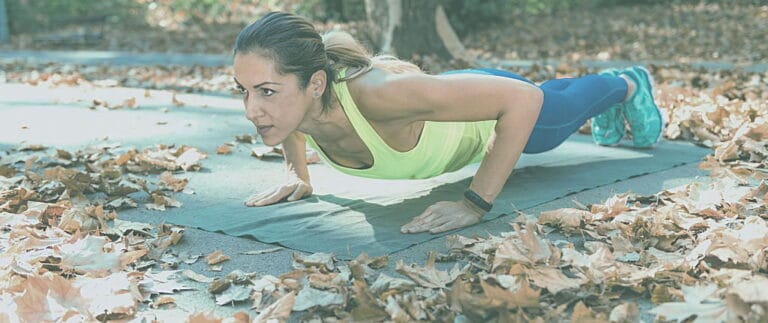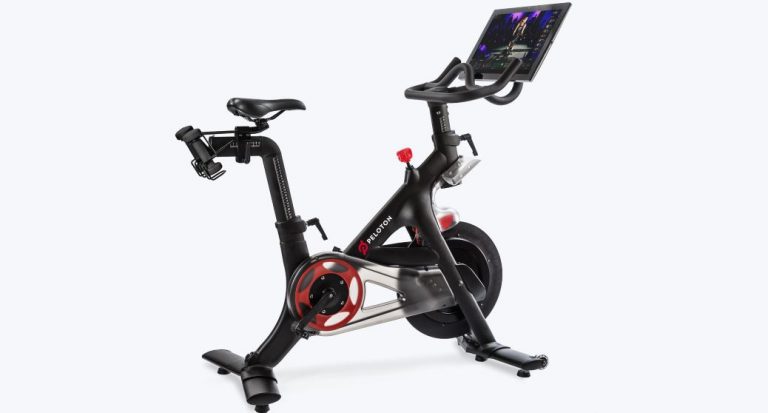Functional Fitness Exercises and Tips for Your Home Gym
You may have heard the term functional fitness but are unsure what it is and how it differs from bodybuilding and cardio. This guide provides concrete benefits, exercises, and tips so you can start performing functional fitness in your home gym.
Beyond this article, you can deep dive into the “Top 11 Best Functional Fitness Equipment for Your Home Gym”.
What is Functional Fitness?
Functional fitness refers to the ability of your muscles to move your own weight efficiently without injury. It focuses almost purely on core-strengthening exercises. The core, consisting of the abs, obliques, and back muscles, keeps everything else in place. Learning to be functionally fit makes it easy for your body to perform the motions you can expect to perform in everyday life, like pushing, pulling, lifting, and others.
Unlike regular fitness routines or bodybuilding, functioning fitness attempts to integrate the body into a unit, in which each muscle works as part of a whole. Other fitness programs build individual muscle groups. While this approach is integral to a complete fitness regimen, if you exclusively focus on it, you can overdevelop some muscles at the expense of others.
Further Reading: What is High Intensity Functional Training
Versus Bodybuilding
Bodybuilding, in particular, is guilty of promoting excessive growth or hypertrophy. The muscles and physique of a bodybuilder are almost purely for looks rather than function. They have larger muscles, but not the smaller ones that help to keep the body upright and in good posture.
Being functionally fit was a must for survival in hunter-gatherer days. Without the speed, strength, and endurance to catch prey, you didn’t eat. A good workout for function fitness relies on core stability rather than having a machine act as your means of support.
Versus Cardio Workouts
If you took fitness tests in school, you likely remember some of the categories and broad metrics that were criteria for being physically fit: strength and range of motion. Note that cardiovascular endurance is not an everyday fitness workout focus. While cardiovascular health is important, pushing yourself to the limits of endurance isn’t something you’re likely to do every day. Stretching and body-weight resistance exercises are the way to go. In fact, many functional fitness exercises combine cardiovascular and resistance training into one workout.
Even something as simple as walking can help increase your overall fitness. If it’s an activity, you do daily, practicing the proper form will have numerous health benefits.
Benefits of Functional Fitness
Improving your overall fitness can help you become healthier in almost all areas of your life. Here are just a few.
Improved Posture
Most of us go through life with slouched shoulders, a hunched-over back, and lower back pain. Part of this problem comes from sitting at a desk all of the workdays, but it also is the result of not having proper tone in the smaller muscles that keep your body upright. Some of these muscles include the erector spine, which is responsible for keeping your spine straight; the rhomboids, which are in charge of pulling your shoulder blades toward your spine, the rectus abdominis, which holds the torso upright, and the hip flexors, which keep your hips and pelvis aligned.
Your core makes up the most important muscle group in your body. The muscles that make up your core are the pelvis and all the muscles around your abdominal area.
You Learn to Use Your Body Weight Effectively
The best fitness exercises make use of your body weight rather than requiring you to exceed that weight. Most of what you’re going to do in life requires only that you can handle your own weight effectively. As you do exercises, the motions translate directly to things you already do. Face it: when are you going to do the motion for a biceps curl in your day-to-day?
As you perform these exercises, the movements engrain themselves into muscle memory, increasing your neuromuscular integration. Your brain and muscles have to work together effectively, and the only way to promote this condition is constant repetition, so you don’t have to think about the movement consciously.
Learning to work out with strictly bodyweight exercises also helps if you decide to transition to a gym. Starting your workout on machines does the work of maintaining your form for you because the machines have a fixed range of motion. By learning to move in free form, you develop the stabilizing muscles. They may not look as good, but they keep you up and moving.
You Maintain Fitness As You Age
As you age, testosterone decreases. Testosterone is the hormone responsible for promoting muscle growth. Also, your ligaments and tendons lose their elasticity. If you start an athletic fitness regimen at this point, it’s likely that you’ll injure yourself. Instead, doing light, functional exercises helps to keep your muscles active as you get older.
Exercises of any type promote extra blood flow to the muscles, which keeps the heart working hard. Aging slows down your metabolism as well, and the body begins to break down muscle. By maintaining a healthy amount of muscle through fitness exercises, you can combat lowered metabolism. Muscle requires more calories than fat does in order to exist. The approximate ratio of fat to muscle calorie consumption is 2:5. In other words, for every two calories that a given amount of fat would burn, that same amount of muscle would burn five.
Your Connective Tissues Become Stronger
A healthy musculoskeletal system isn’t just about having strong muscles. You also need to have strong tendons and ligaments. Ligaments run between bones and hold them together at the joints. If your ligaments are weak, you risk damaging your joints. Exercise promotes the production of collagen, a compound that makes up most of your connective tissue.
These are just a few of the benefits of becoming functionally fit. Before you start any exercise program, you should talk to your doctor if you have one. Also, remember that exercise is only part of being healthy. You also need to get enough sleep and eat a balanced diet.
Functional Fitness Tip
So you’ve decided you want to get functionally fit. Where do you start? The first thing you should do is gather up some equipment for your home gym. That’s right: you don’t have to go to a gym to work out, you can use a few simple workout tools.
Your Home Gym
A medicine ball is a good start. Medicine balls are usually about a foot wide and can weigh anywhere from 2 to 25 pounds. They’re great when you want to practice lifting with your whole core instead of just your arms. We’ll get to some functional fitness exercises with the medicine ball in a bit.
A kettlebell can be extremely useful as well. You might think they’re the same as dumbbells, but the difference is the weight distribution. A kettlebell’s weight is offset, which forces you to work hard to keep stable. That’s the whole point of functional fitness workouts.
Aside from these two tools, you don’t need much. A workout mat might be a good idea if you don’t want to get sweat all over your floor.
Nutrition to Reap the Benefits
To maximize your improvement, eat a balanced diet that’s high in protein and carbohydrates but low in polyunsaturated fats. Focus on whole grains, vegetables, fruits, and lean meat like fish. Ask your doctor to help plan a diet that best suits your calorie needs. If you’re trying to build muscle, you need to consume more calories than you use.
Recovery
One of the most critical aspects of success in functional fitness workouts is recovery. Whenever you exercise, you’re creating microtears in your muscles. That’s part of where the soreness comes from. Your body needs sleep to heal your muscles. The amount varies with every person, but you should aim for about eight hours per night on average. Sleep is the time during which your body performs repairs on all its damaged tissue. When you stress a muscle to its maximum, the body recreates it with more fibers to better adjust to the exertion.
Protein Intake
A list of functional fitness tips isn’t complete without mentioning the need for protein. This macronutrient is responsible for building the body’s tissues. If you don’t have enough protein in your diet, your body can’t build muscle. Protein comes from lean meats, leafy green vegetables, nuts, legumes, and eggs.
You should get at least 0.8 grams of protein per pound of body weight.
Core Functional Fitness Exercises
Four core functional fitness exercises are as follows. You can and should expand your workouts to include other exercises after becoming consistent with these drills.
Plank
The plank exercise gives your core the most complete workout. It’s safer than doing crunches because it puts your body in proper posture and engages your abs without overworking your hip flexors or stressing your spine.
To do a plank, place your forearms flat on the ground and straighten your body from head to toe. All of your weight should be on your forearms and toes. Keep your hips straight. Hold this position for 30 seconds and do eight reps or whatever you feel comfortable with. For an even more challenging variant, lift your legs so that your back forms a line parallel with the ground. Here’s a good demonstration for the plank:
Pushups
We all know pushups work your abdomen, but they also work your pectorals and triceps. Of course, you need to know how to do a proper pushup. Get down on your hands and toes so your legs are completely straight Your weight should be supported by your hands and toes. Your arms should be shoulder-width apart.
Lower your body to the ground and make sure to keep your elbows tucked in. Your arms shouldn’t be pointed straight down but at a 30-degree angle to your front. Push yourself up to full extension, hold, and repeat. Here’s how to do a push-up:
Goblet Squats
Goblet Squats are one of the best functional fitness exercises. They simulate the motion of bending down to pick up something heavy, lifting with your legs rather than your back. You can use a dumbbell, a medicine ball, or a kettlebell to do a goblet squat. To do this move, stand with your feet shoulder-width apart and parallel. Hold the object in your cupped hands.
Keep your back and upper body straight, then lower yourself to at least a sitting position. Hold the position for five seconds and push back up to the standing position. It’s best to keep your arms relatively close to your body.
Check out this demonstration of goblet squats to get an idea of how the move should look.
Step-Ups
All you need to do a step-up is a box or other sturdy surface that’s about half the height of your knee. Stand in front of the step, and place your lead leg on the step, so your thigh is parallel to the ground. Use the muscles of your front leg to pull yourself up onto the step rather than pushing from your back leg.
To add to the effectiveness of this exercise, try using a light medicine ball. When you’re on the step, do either a forward chest press or lift. Bring the ball back to chest height and step down. Switch legs and repeat the exercise. Here’s a demonstration:
Conclusion
Don’t expect results overnight. Like anything worth getting in life, it takes time to achieve and consistent effort. If you lapse in your workouts, your fitness levels will decrease, and you’ll lose any progress you may have made. Keep your workouts challenging enough to keep you motivated, but not so much that you burn out. Experiment until you find out what works for you.
If you gain a solid functional foundation in fitness, you can transition into athletic workouts if you decide you want to increase your muscle tone and mass further. In fact, this is probably the best route for you to take. The more fit you are, the better your heart will perform. Cardiovascular fitness can help to fight the effects of aging and is complimented or even combined with functional fitness training.
[starbox]
